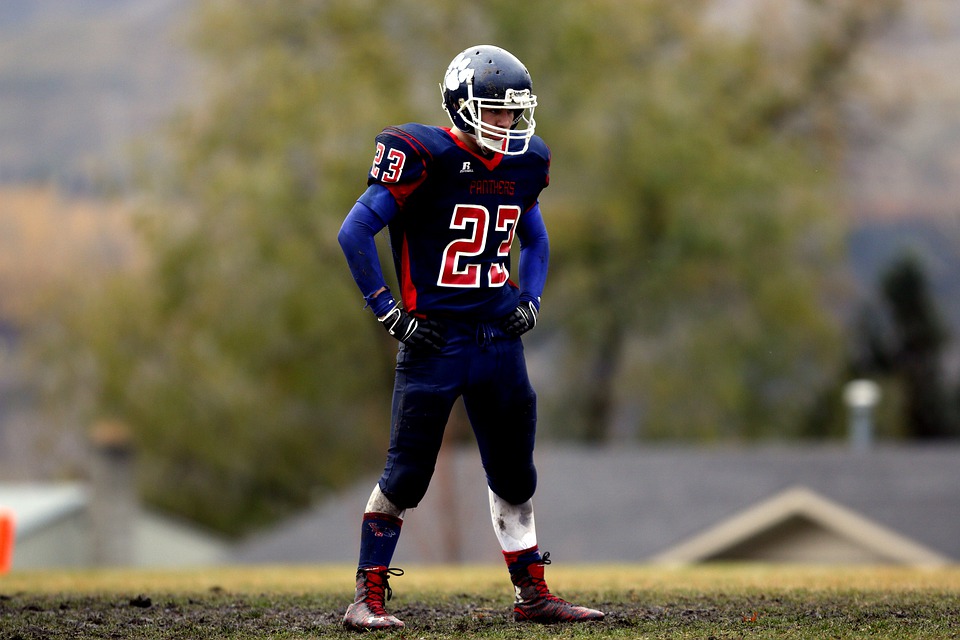
Choosing the Best Football Gloves for Your Game
When it comes to playing football, having the best football gloves can make all the difference. Good gloves not only

When it comes to playing football, having the best football gloves can make all the difference. Good gloves not only

Do you want to work out in style and comfort? Look no further than activewear leggings. These stretchy, moisture-wicking leggings

Swimming is one of the most popular physical activities that not only helps you stay fit but also offers many

Frisbee golf is a fun and exciting sport that requires skill and precision. Just like in traditional golf, the success

Football enthusiasts are gearing up for the new season by stocking up on the best new football accessories available. Whether

Archery is a popular sport, and many people participate in it for the challenge and thrill it provides. However, did

Whether you are a recreational player or a professional athlete, choosing the right football helmet chin strap is essential to

Wenn Sie nach guten Badekappen suchen, sollten Sie auf viele verschiedene Typen stoßen. Bei diesen Typen müssen Sie eine perfekte

Muay Thai shorts are a must-have for those of you are a fan of Thai boxing. It’s easy to choose